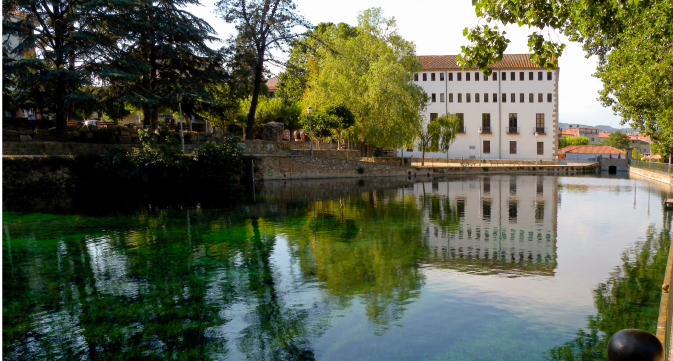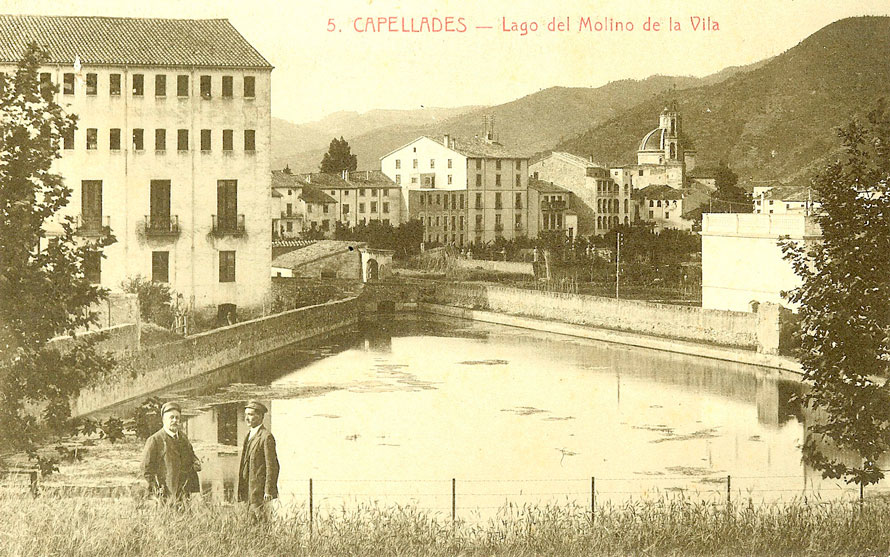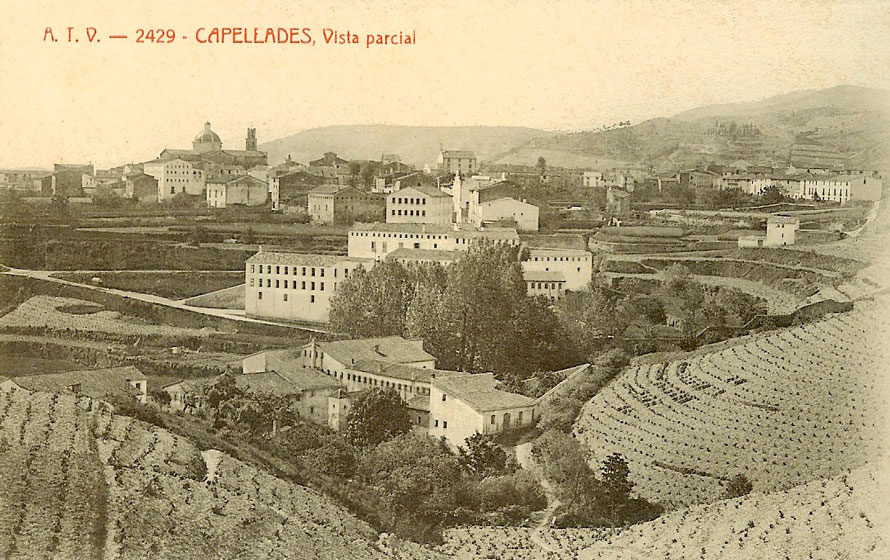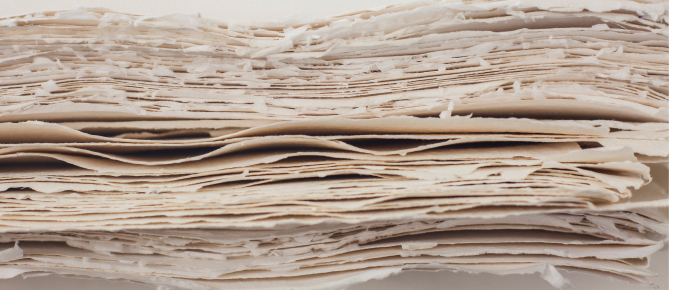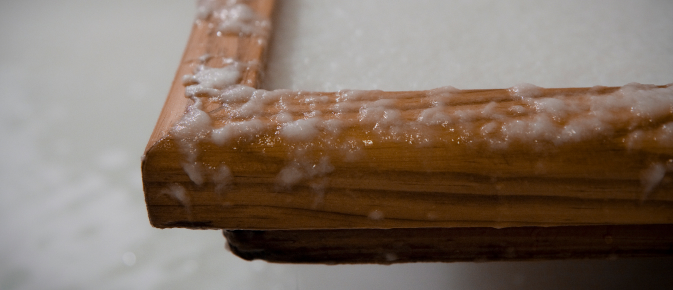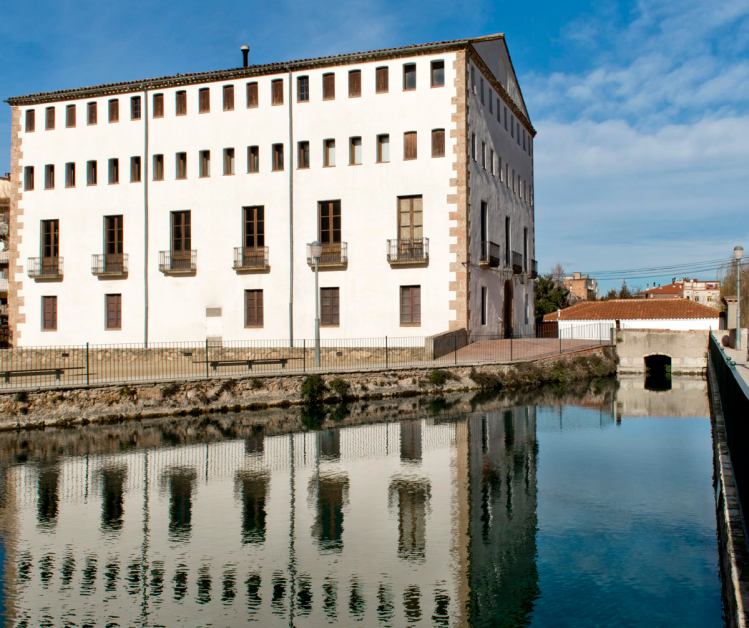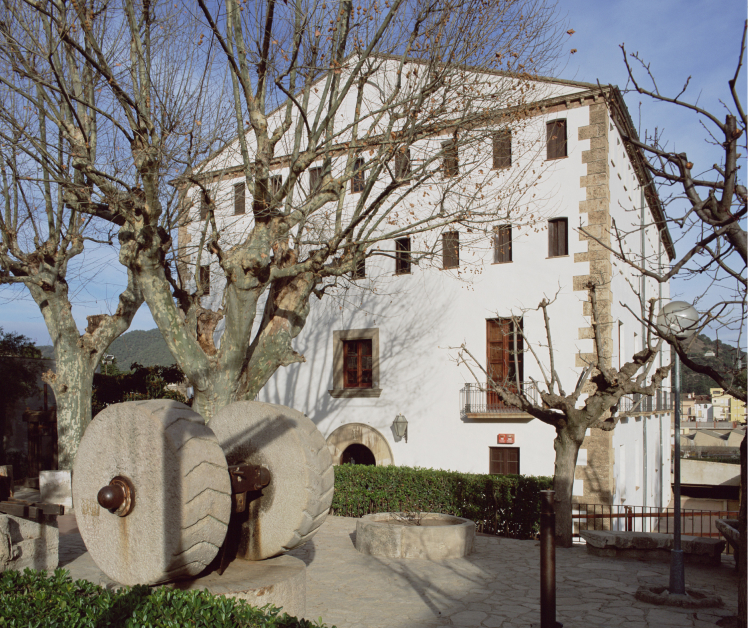The Capellades Paper Mill Museum
The Capellades Paper Mill Museum is located in the town of Capellades (60 km from Barcelona, Spain) in an old paper mill that is typical of such buildings in the 18th century, called the "Molí de la Vila" or town mill. The building has a total area of 2,200 m², spread over four floors and a basement.
"La bassa"
Next to the Mill is "La bassa", a natural source of water from which around 12 million litres would flow on a daily basis, used to drive the 16 paper mills known as the "Molins de la Costa" or mills of the coast. Thanks to this abundance of water and its geographical location (close to large towns with good communications between them), Capellades and the surrounding towns of La Pobla de Claramunt, Carme and Sant Pere de Riudebitlles became one of the most important centres for paper production in Spain during the 18th and 19th centuries.
